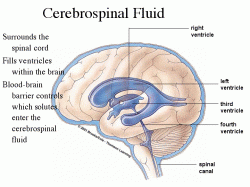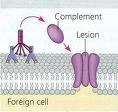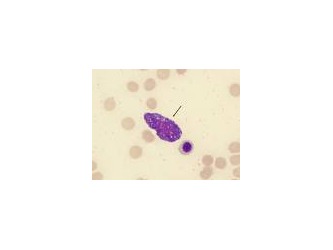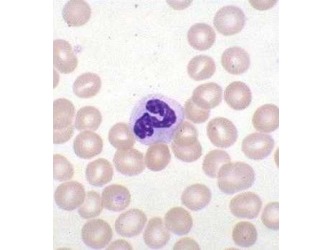Step One

-Meningococcal bacteria enters the bloodstream after entering the body via the nose and throat.
-These bacteria begin to multiply into large amounts.
-The blood-brain barrier cannot keep all the bacteria out.
-Some bacteria makes it into the cerebrospinal fluid, and begin to multiply.
Problems:
-The cerebrospinal fluid contains nutrients that aid in the spreading of bacteria, and there are few phagocytes.
-The body's response is slower, and bacteria is able to release toxins and do damage more quickly.
-Meningococcal meningitis spreads and multiplies from the blood-brain barrier through the bloodstream.
Step Two

-Freely circling antigen is detected by antibodies on the surfaces of B-Cells.
-B-Cells engulf the antigen, form antigen-MHC complexes, and become antigen-presenting cells.
-Helper T-Cells bind with the antigen presenting B-Cells, and begin to secrete interleukins.
-Mass secretion of clonal antibody molecules, which tags the antigen for destruction.
-Complement proteins are activated and bind to the surfaces of meningococcal bacteria.
-They form pores in the plasma membrane of bacterial cells, causing lysis.
Step Three
-Complement proteins induce is inflammation.
-Complement proteins and phagocytes concentrate in the affected subarachnoid space.
-Histamine is released by mast cells into the infected area.
-The core body temperature rises as the result of the inflammation.
-Neutrophils and phagocytes rush to the infected subarachnoid space to engulf the meningococcal bacteria.
A histamine-secreting mast cell (left) and a neutrophil with engulfed bacteria (right).
Why worry?
The reason why meningococcal meningitis is so serious, is because the response is delayed, and the bacteria has more time to release damaging toxins. Inflammation in the brain is also dangerous, because it causes increased intercranial pressure.
Sources Used:


